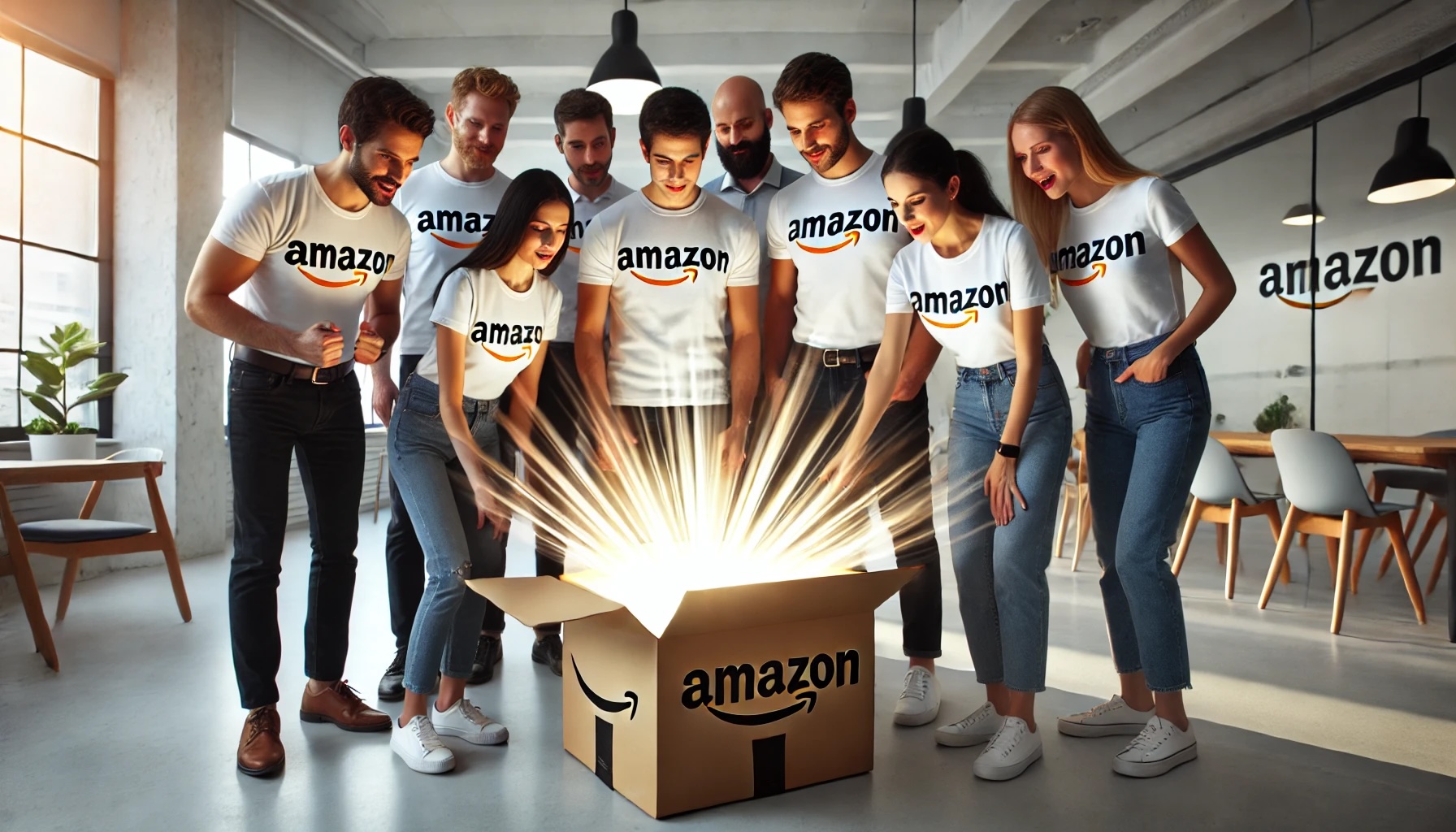Selling on Amazon in 2024 – How to Identify a Lucrative Niche
Like the idea of having a hot new Amazon product niche all to yourself? Here’s how NOT to share it with thousands of eCommerce competitors!

For most Amazon sellers, product research is not only the starting point, it’s often where the race is won or lost.
As strange as it might sound, that first step might involve locating a profitable product niche that doesn’t look TOO good.
Of course, to have a successful Amazon business, you need to identify that there’s enough sales volume that you can make a good profit. However, there can’t be so much traffic that you’ll be surrounded by competition.
Many successful Amazon product ideas require that kind of delicate ecommerce balancing act. A great private label product niche will probably be located right there at the intersection of good search volume and low competition.
What is an Amazon Selling Niche?
Let’s say that you found an amazing salad spinner that was going to revolutionize the act of preparing salads for restaurants and home kitchens throughout the globe.
Regardless of how persuasive the argument you were able to make in your listing copy, if you ran Amazon pay per click (PPC) advertising promoting it as an Amazon “home and kitchen” product, it simply wouldn’t work. Your listing for a “salad spinner” would be swallowed up in millions of dissimilar home products such as vacuum cleaners and patio furniture.
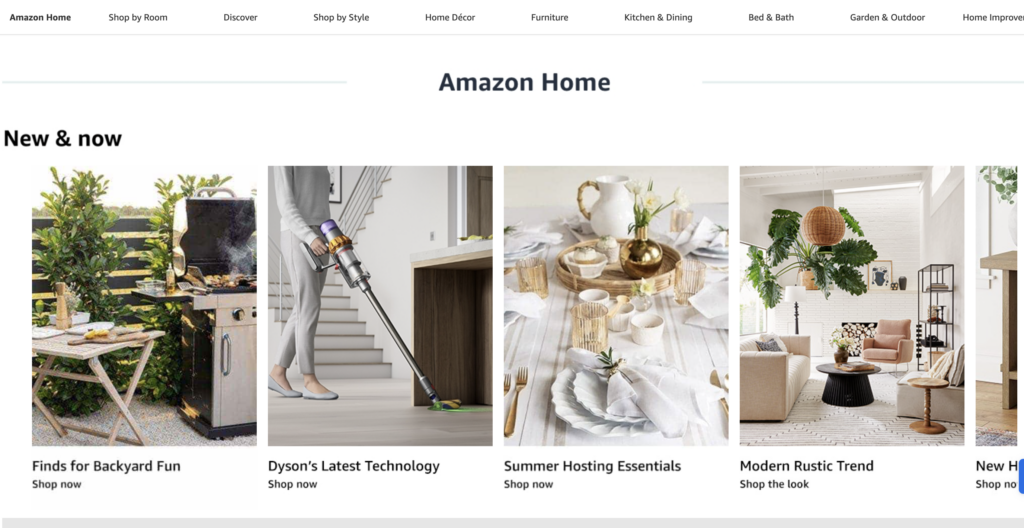
A selling “niche” represents a smaller, more specific part of a broad market that focuses on particular demographics, common interests, locations, or problems shared by the shoppers that you hope to target. By marketing your product to a smaller segment of the population, it’s easier to stand out, and just like fishing in a small pond instead of a large lake, it’s easier to get a bite.
For now, let’s look at five tips that will help you make sure that you’re able to identify an Amazon selling niche with the combination of sales trajectory and profitability to make it a winning product.
Thinking About Hiring an Amazon Management Agency?
Canopy’s Partners Achieve an Average 84% Profit Increase!
Let’s talk1. How to Identify a Profitable Niche Idea
Most profitable niche ideas share the following attributes:
The Amazon Niche Pricing Sweet Spot
Prices and niche products on Amazon run from pennies to tens of thousands of dollars. The sweet spot however is between 20 and 50 dollars. That’s enough money to not have to sell too many products within an Amazon niche to make a profit. It’s also low enough that it won’t cost you thousands of dollars to maintain sufficient stock.
Size Matters
Pay attention to the size of the product. Amazon storage and shipping fees can be a profit killer. Look for something that’s small and light. Not only is it easier and cheaper to ship, It might just make it possible for you to maintain your own stock in a garage or at a 3PL (Third Party Logistics company) in case of Amazon shipping disruptions. Think of something like fidget spinners versus big-screen TVs.
You’ve Got to Be Consistent
Consistency of profit is key. Try to look for a steady profit margin of between 10-30%. One of the first things that Canopy Management’s Brand Experts and Partner Success Teams do is to huddle with our industry-leading analysts to make sure that the collaborative work we’re undertaking with our partners makes sense. Once that’s done, it’s full speed ahead!
2. Year-Long Profits Are Your Goal
When looking for the right niche product idea, it’s always tempting to jump on the seasonal product bandwagon. Holiday-specific items like Halloween costumes or Christmas trees are hard to say no to, but for a profitable niche, experienced Amazon sellers look for products that have consistent, repeatable sales.
The problem with these types of items is that once the season passes, sales diminish and your hard-won rankings can disappear right with them. To get back up to speed the next time the holiday comes around involves more ad spend and overall preparation.
Look for an Evergreen Niche Idea
To find niches, and successfully sell on Amazon, you need to spend a little time thinking about the 12-month estimated sales potential online products. That’s why finding an evergreen niche to sell items with a consistent customer demand can be lucrative. After all, once you’ve made a first sale and gained a customer, why not sell the same product again and again?
Depending on the location, not all Amazon products will be a fit. For example, snow shovels and studded running shoes might not be a good idea if they don’t suit your region’s climate.
3. No Listing Video? That Might Be Your Product
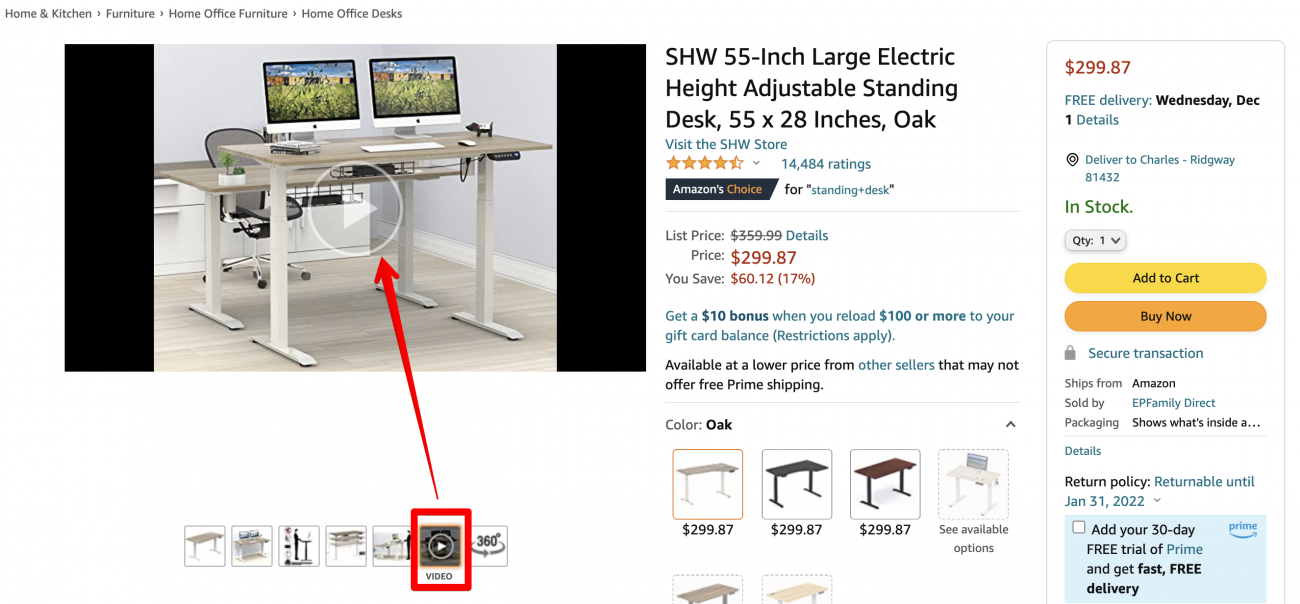
If you’re an experienced Amazon seller, you know that your job is to stop the scroll. Video is one way to do it. Amazon product Videos give sellers the opportunity to show the experience prospective buyers will have when using your product! In an online space where customers can’t physically touch and interact with your product, it’s crucial.
In many cases, it’s also the dividing line between professional Amazon sellers taking ecommerce seriously, and those out for a quick buck.
That’s why a lack of a video in the listing should serve as a potential welcome mat for Amazon sellers looking to do things the right way.
When re-optimizing a partner’s listing, Canopy Management’s Creative Services Team uses skilled photographers (and videographers) along with their expert copywriters to help Amazon sellers bring their vision to life.
4. Amazon’s Subscribe & Save Offers Built In Product Longevity

Wondering what Amazon category to consider? How about a niche market that combines high demand with consistency?
When you’re trying to find profitable niches, why not consider something that your customer will need to reorder?
Laundry detergent and vitamins are just two of the thousands of products that ecommerce shoppers use on a regular basis. Because of that, they will reorder them every time they run out. These kind of products represent built-in sales volume that can really help an ecommerce seller to maintain a steady stream of potential customers.
Here’s How Amazon’s Subscribe and Save Program Works
Amazon’s Subscribe and Save program offers discounted pricing, free shipping, and the convenience of regularly scheduled deliveries on eligible products.
- An Amazon customer wants to buy a product.
- The customer sees a lower price and convenience of regular deliveries for Subscribe and Save products.
- Your new customer adds your Subscribe & Save eligible product to their cart.
- You now have a loyal, repeat customer.
5. How to Search For Niche Keywords
Keyword research skills are an important part of an Amazon seller’s ability to find niche product ideas. There are a number of ecommerce tools you can use to try to determine your next Amazon best seller. If you’re just learning the ropes, it can be easy to get overwhelmed with all of the filtering and sorting tools available.
Here are four great ways to get started.
Use Google’s Autocomplete Search Bar to Find Niche Products
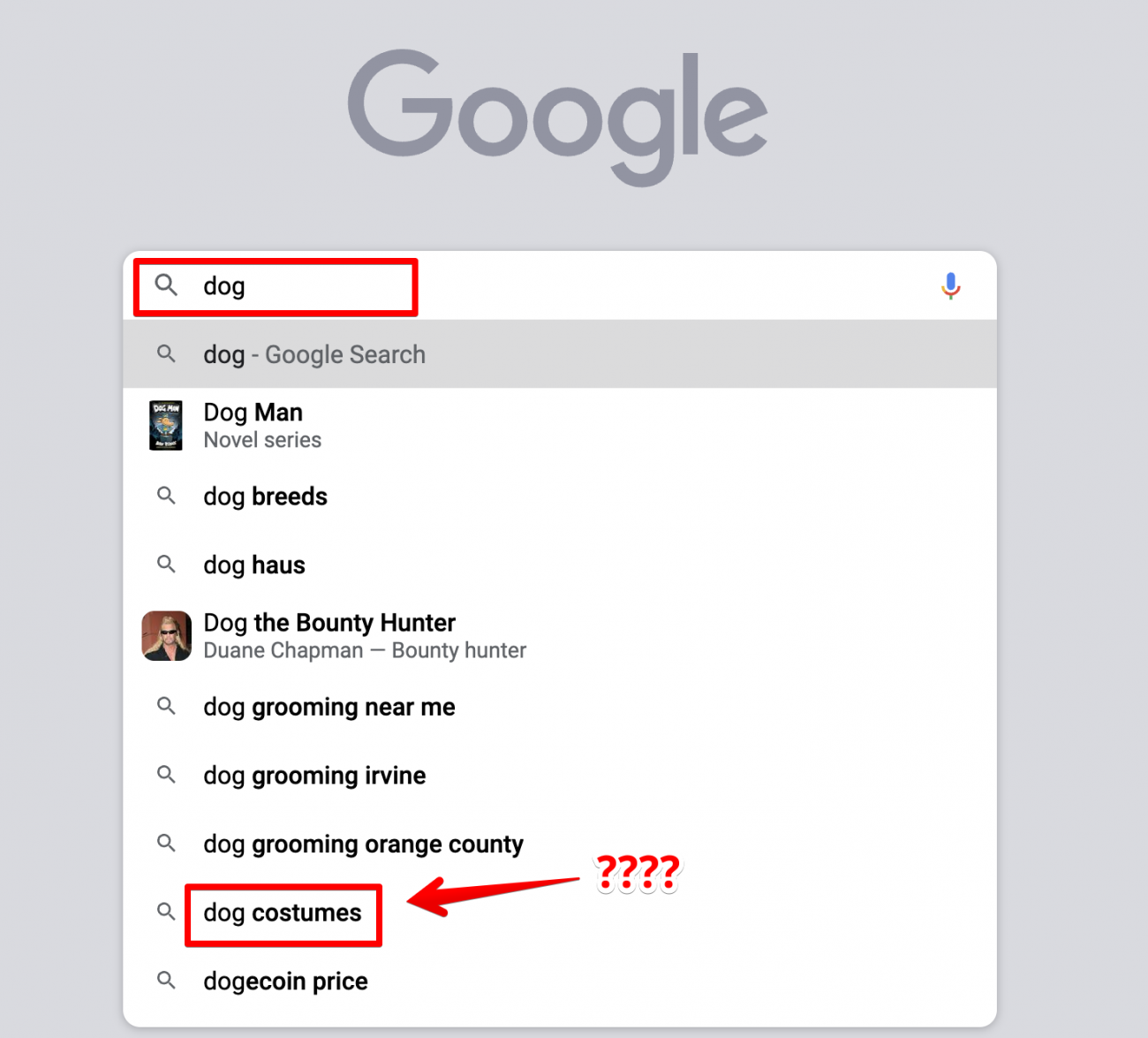
Autocomplete is a feature within Google Search that makes it faster to complete searches that you start to type. Google says that their automated systems generate predictions that help people save time by allowing them to quickly complete the search they already intended to do.
In 2023, there were 8.5 billion searches on Google every day. When doing product research, channeling the power of those billions of searches helps give you a quick snapshot of what the internet’s users (and your prospective customers) are thinking about.
Pet supplies is one of the most popular Amazon niches. The above screenshot makes it clear that “dog costumes,” the autocomplete of the keyword, “dog” is worth taking a closer look at.
Google Trends Can Help You to Identify Selling Niches on Amazon
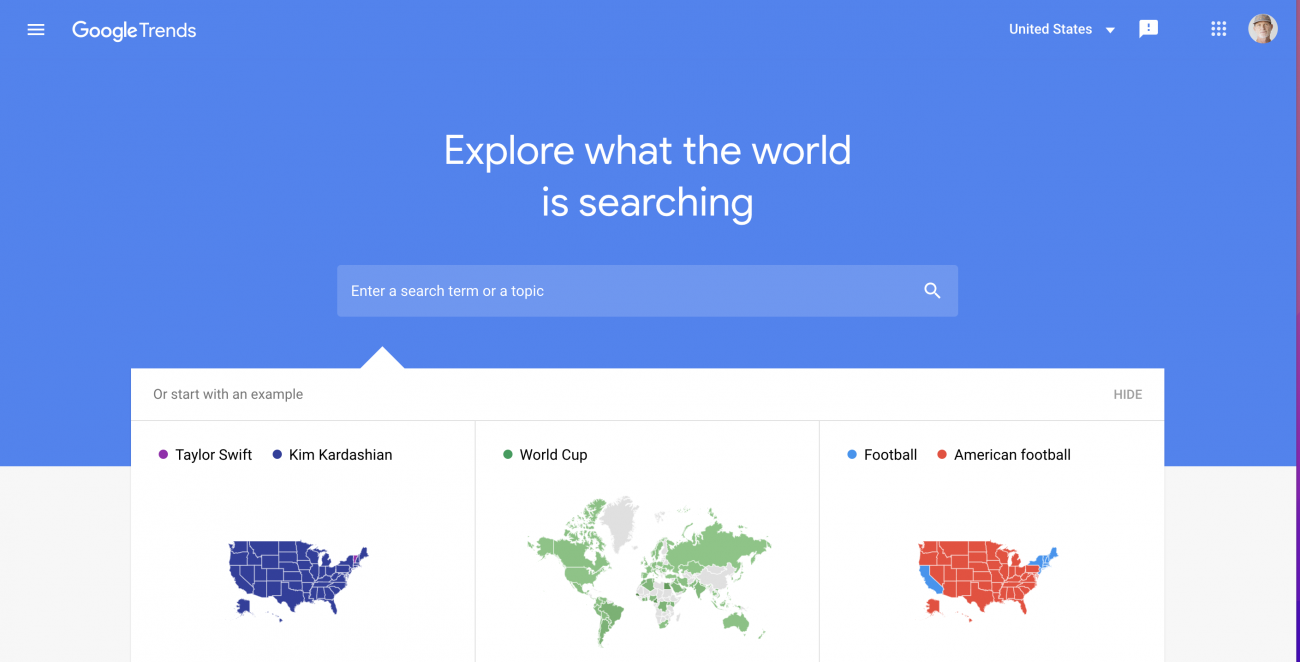
Google Trends is a website by Google that analyzes the popularity of top web searches across various regions and languages. You can easily drill down to find that profitable Amazon niche idea you’ve been looking for.
The whole world is on Google. Why not go right to the source?
Use eCommerce Software to Find Trending Products

Helium 10 says that their Black Box tool gives Amazon sellers access to a database of over 450+ million products. eCommerce sellers can use smart filters to uncover product ideas based on your exact needs, niche, and preferences.
The above screenshot shows how I’m using Helium 10’s Black Box to filter in their “niche” tab for pet product ideas that show that “sweet middle ground” of sales and pricing.
As you can see I’ve selected only five images in the advanced filters to target less optimized products (and less professional Amazon sellers).
Searching for Amazon Best Selling Niches by Keyword

Niche ideas – and best selling products – are almost always keyword related.
Jungle Scout says that with its Niche Hunter tool, after starting with a broad category, “you can quickly dig into any niche that looks interesting and immediately get a robust analysis by seeing the seller metrics of the Top 5 sellers for that keyword.”
Though it is a little more complicated to set up than Helium 10’s Black Box, it does seem to return more advanced results. You can filter for Demand, Average Price, Opportunity Score, Competition, Listing Opportunity Score, and Word Count.
Canopy Management’s Full Service Agency Can Help Find Your New Amazon Niche
Choosing the right product niche can make or break your Amazon FBA business. At the same time, for many sellers, profitable products might not be enough. It’s critical that ecommerce sellers check a number of other boxes to compete in the increasingly competitive Amazon marketplace.
Amazon SEO and listing optimization (making improvements to product listings to help them rank higher in product searches), and Amazon PPC advertising are two factors that will determine your success as an online seller.
Fortunately, there are plenty of resources available to help you maximize your Amazon SEO, and find the right products to sell for your Amazon eCommerce business.
Once you’ve found that product, a good next step is to reach out to an Amazon agency specializing in helping sellers like yourself navigate the world of digital marketing and online commerce.
Want expert advice on choosing a product niche? Talk to one of Canopy Management’s Amazon experts by clicking here.

